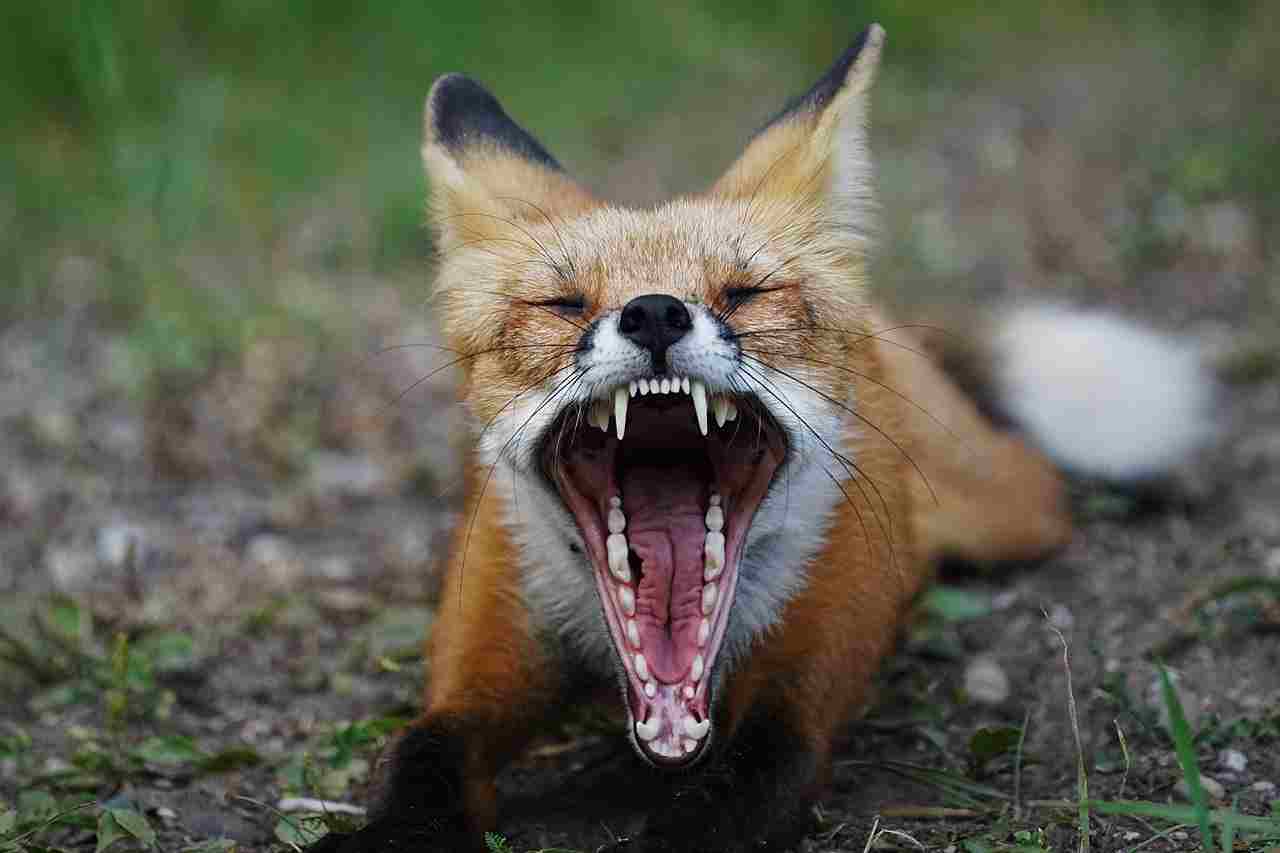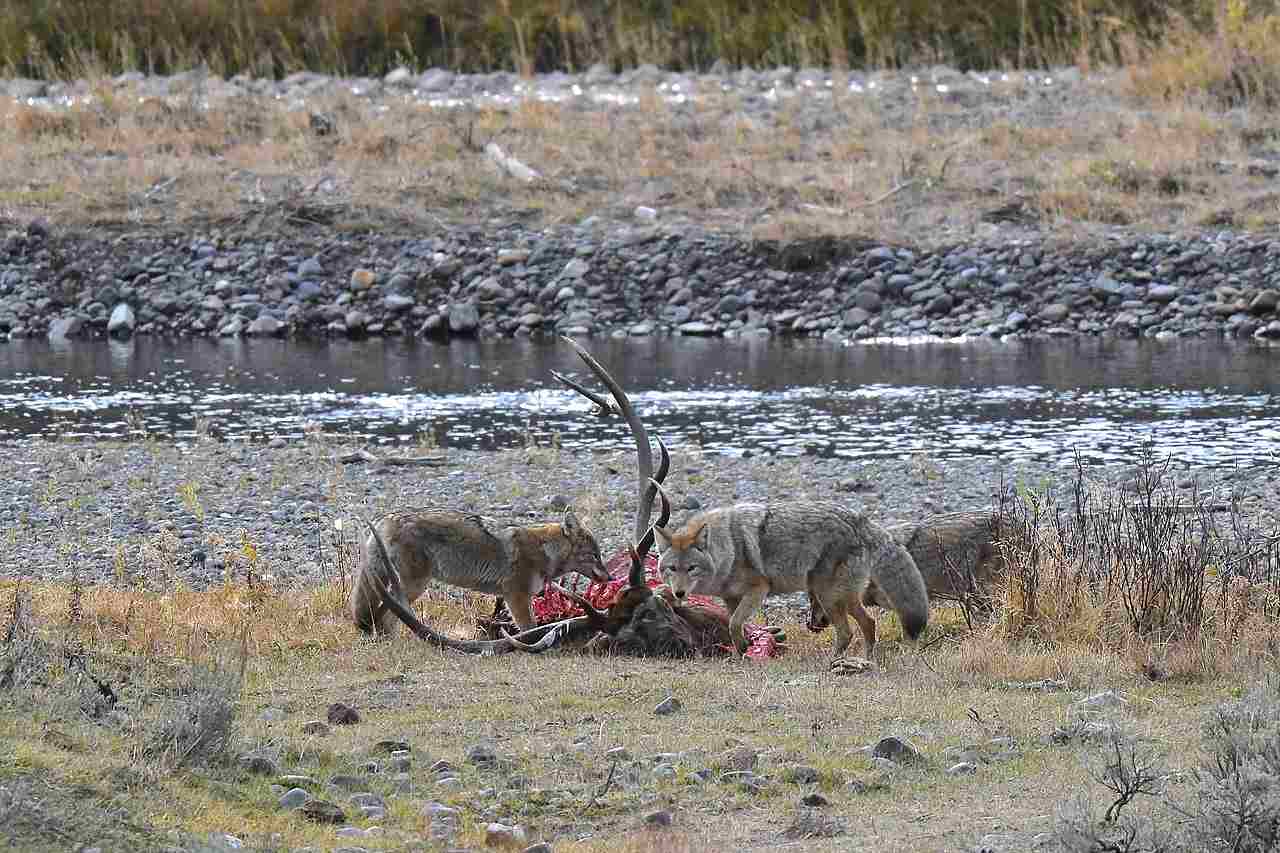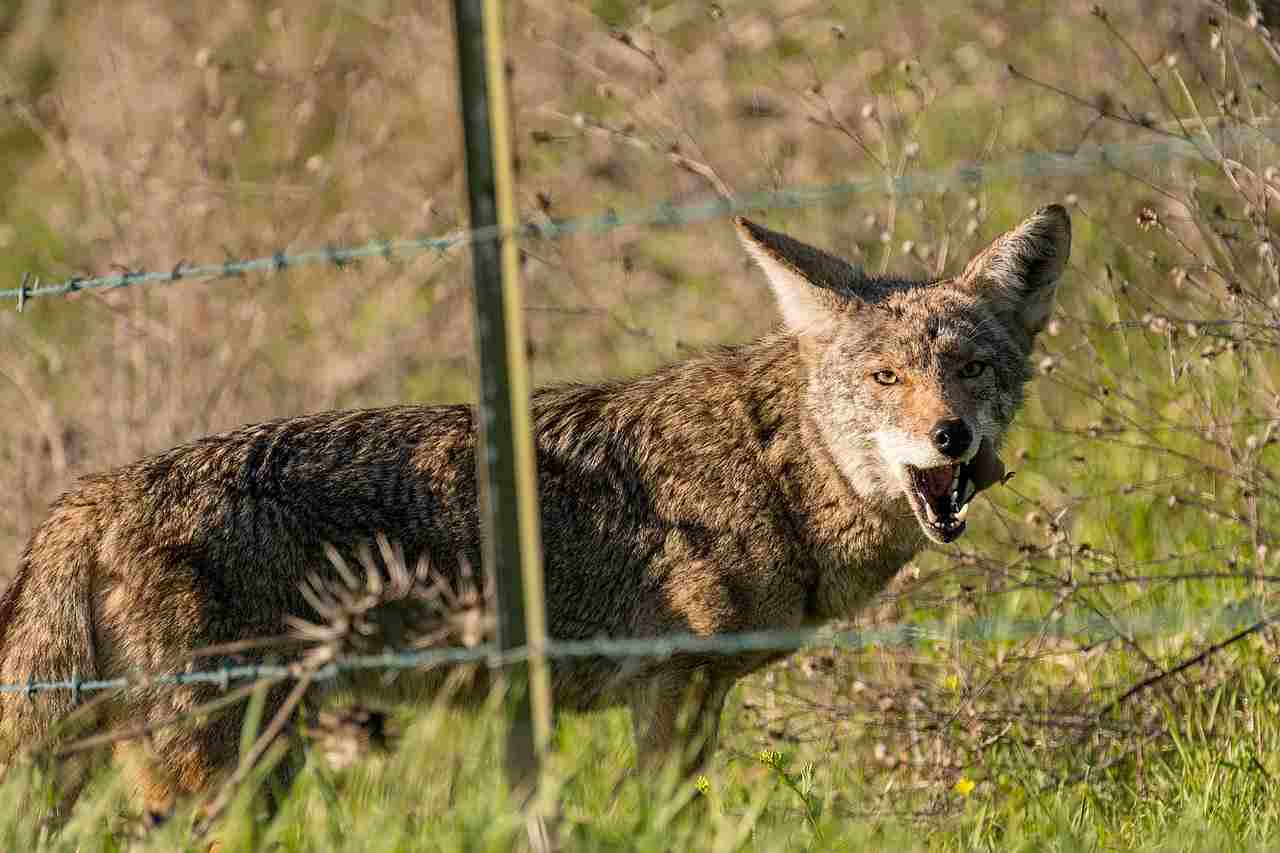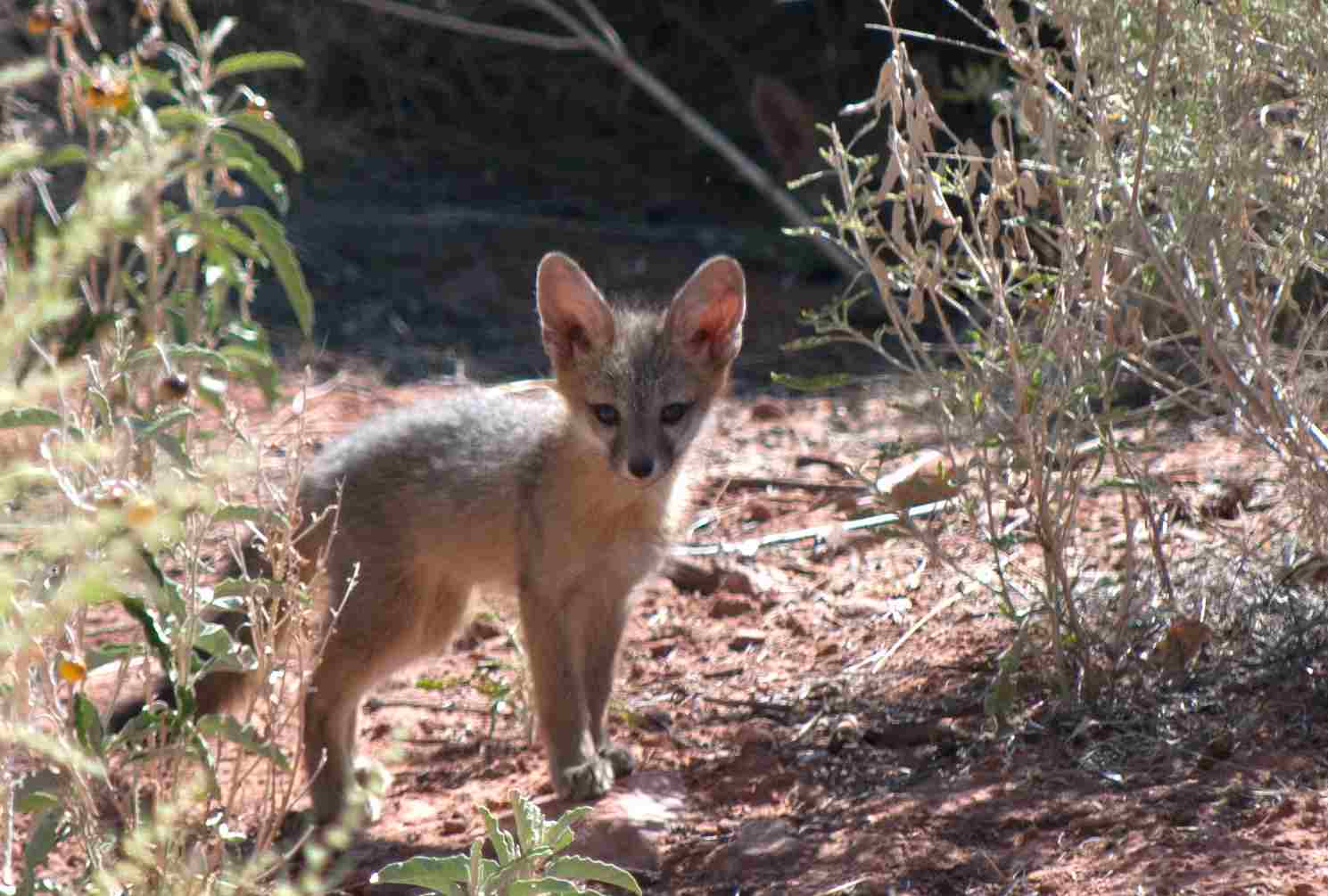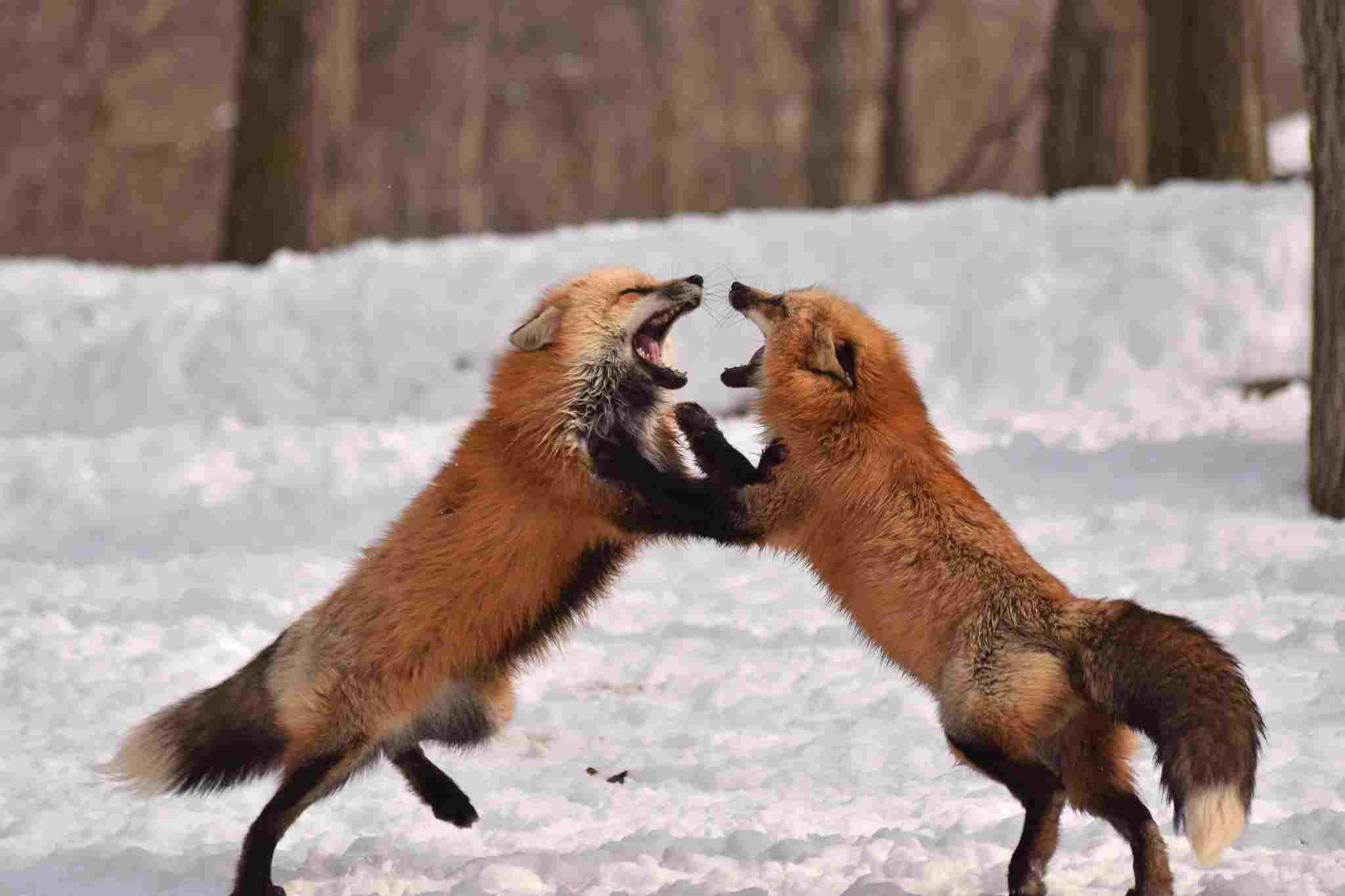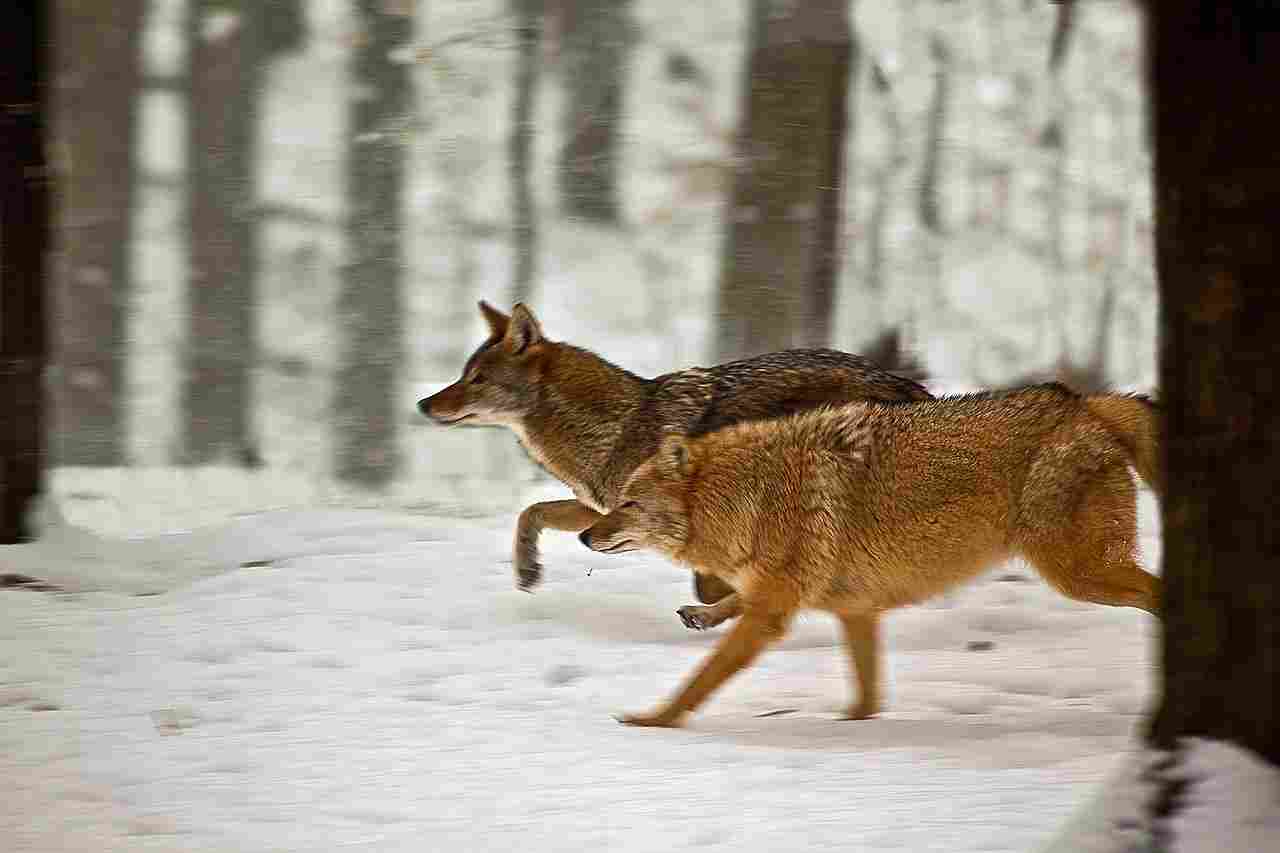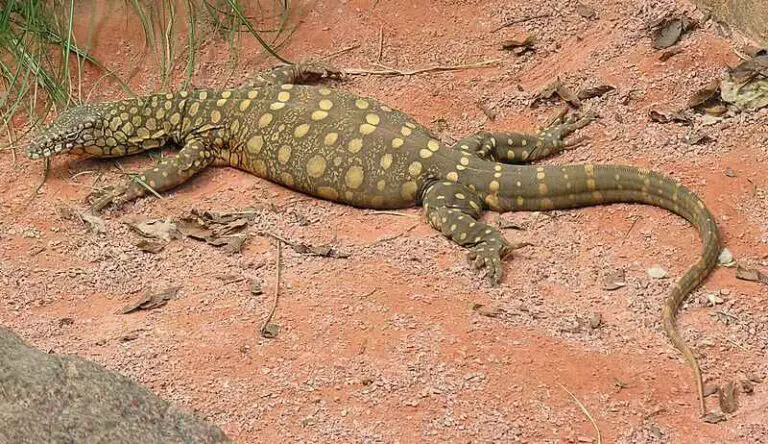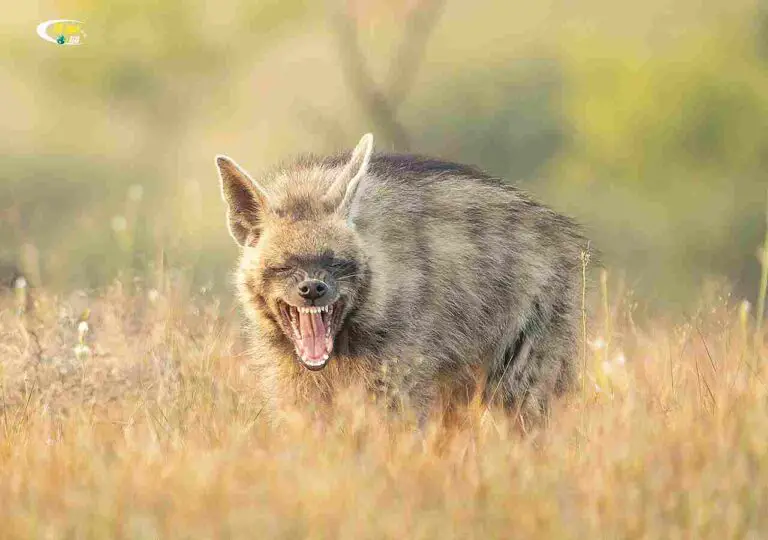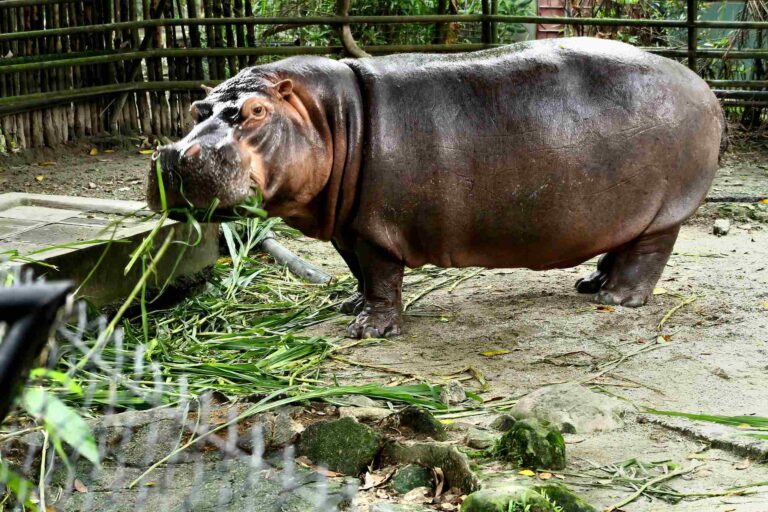Fox Vs Coyote: Differences Between Foxes and Coyotes
A coyote will generally overpower and kill a fox due to its larger size, greater weight, and higher aggressive tendency. While both animals can be aggressive when threatened, their strategies and outcomes may differ.
Understanding the differences in their physical capabilities, such as bite force and overall physical capacity, can also shed light on their contrasting behaviors.
Key Outcomes
*Biological Comparison
Foxes and coyotes are both members of the Canidae family, but they belong to different genera and species. While foxes belong to the Vulpes genus, coyotes belong to the Canis genus. Despite their biological differences, these animals share some similarities in terms of their physical characteristics and behavior.
*Size and Weight Comparison
Foxes and coyotes differ in size and weight with coyotes being superior in both areas, on average. When it comes to size, coyotes are generally larger than foxes. Adult coyotes can measure up to 40 inches in length, excluding the tail, while foxes usually range between 24 to 34 inches.
In terms of weight, coyotes are also heavier, with adult males weighing between 30 to 40 pounds, and females weighing slightly less. On the other hand, foxes are smaller and lighter, with adult males weighing around 10 to 15 pounds, and females weighing slightly less.
*Physical Capability Comparison
When comparing the physical capabilities of foxes and coyotes, it is important to consider their strength and ability to overpower each other.
While both animals possess unique strengths, coyotes are generally stronger and have the potential to overpower foxes. This comparison of their physical capabilities highlights the differences in their strength and the potential outcome in a confrontation between the two.
1). Taxonomy
Foxes and coyotes belong to the same biological family, Canidae, but they are classified under different genera and species. Foxes are classified under the genus Vulpes, with various species such as the red fox (Vulpes vulpes) and the gray fox (Urocyon cinereoargenteus). On the other hand, coyotes are classified under the genus Canis, specifically Canis latrans.
While both foxes and coyotes are part of the Canidae family, their distinct genera and species highlight their evolutionary divergence and unique characteristics. Foxes, with their diverse species, have adapted to different habitats and environments, showcasing their ability to thrive in various ecosystems. Coyotes, on the other hand, have a more limited range of species but have successfully adapted to a wide range of habitats, including forests, grasslands, and deserts.
When comparing the taxonomy of foxes and coyotes, it is evident that they share a common ancestry but have diverged into separate genera and species. This distinction in taxonomy reflects their evolutionary paths and the specific adaptations that have allowed them to survive and thrive in their respective environments.
2). Appearance
Foxes and coyotes have distinct appearances that set them apart from each other. One key difference lies in their coats, fur, and skin. Foxes typically have a more vibrant and diverse range of coat colors, including red, gray, and silver. Their fur is often thick and fluffy, providing insulation during colder months. In contrast, coyotes usually have a more uniform coat color, ranging from grayish-brown to reddish-brown. Their fur is generally coarser and less dense compared to foxes.
Another aspect of appearance where foxes and coyotes differ is in their ability to camouflage. Foxes have evolved to blend in with their surroundings, allowing them to effectively hide from predators or prey.
Their coat colors and patterns help them blend into different environments, such as red foxes blending into autumn foliage or Arctic foxes blending into snowy landscapes. On the other hand, coyotes have a more adaptable appearance that allows them to thrive in various habitats. Their fur coloration helps them blend into different terrains, such as grasslands or deserts.
In terms of stature and build, foxes and coyotes also exhibit differences. Foxes tend to have a more slender and agile physique, with long legs and a bushy tail.
This body structure enables them to navigate through dense vegetation and pursue small prey. Coyotes, on the other hand, have a more robust and sturdy build, with a larger head and a bushy tail. This physical build gives them the strength and endurance to hunt larger prey and scavenge for food.
3). Size
When comparing foxes and coyotes, their size is a notable distinction. Foxes are generally smaller in size compared to coyotes. The total body length of a fox can range from 18 to 33 inches, while coyotes can measure between 40 to 60 inches in length. In terms of height at the shoulders, foxes typically stand around 8 to 12 inches tall, whereas coyotes can reach heights of 20 to 22 inches.
The size difference between these two animals is significant and plays a role in their overall physical capabilities. Foxes’ smaller size allows them to navigate through narrow spaces and dense vegetation more easily, making them adept at hunting small prey. On the other hand, the larger size of coyotes gives them an advantage when it comes to hunting larger prey and scavenging for food.
It’s important to note that different species within each group may have slight variations in size, but the general trend of foxes being smaller than coyotes remains consistent.
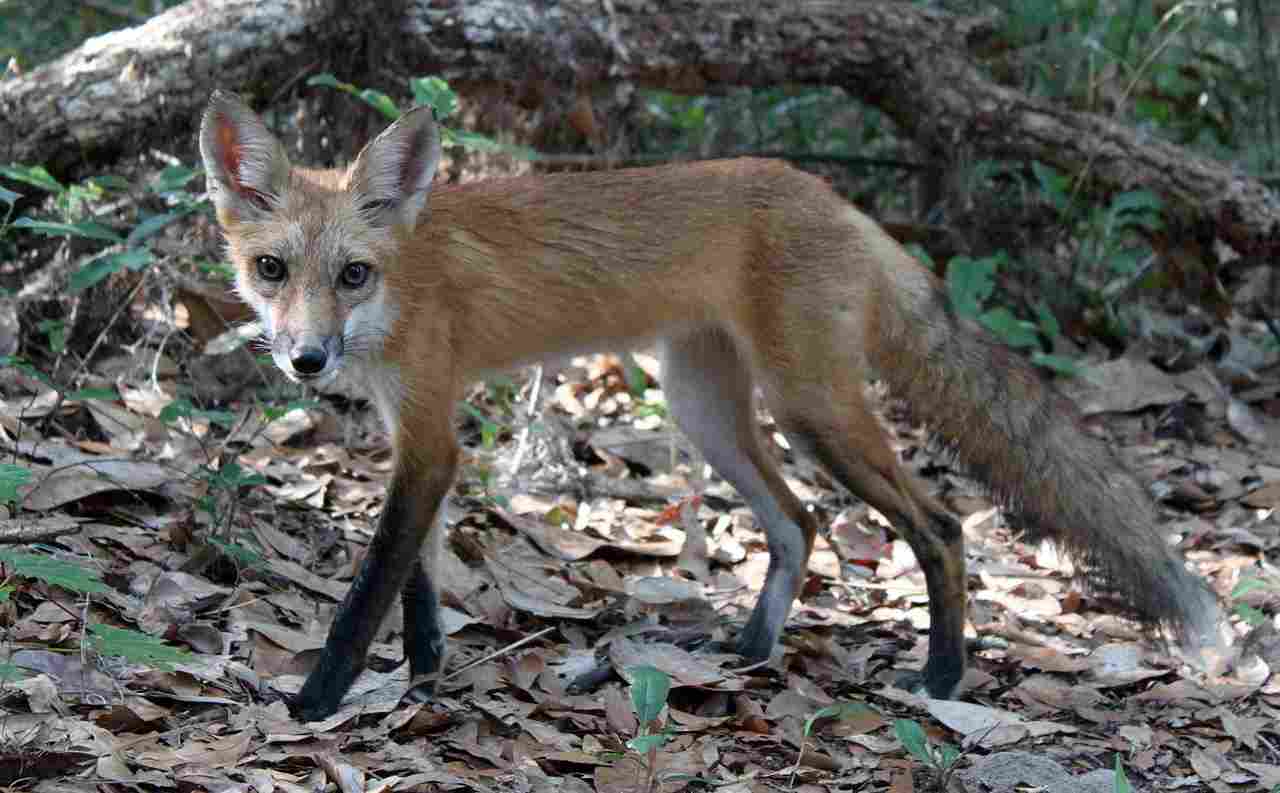
4). Weight
When comparing foxes and coyotes, another important factor to consider is their weight. Foxes are generally lighter than coyotes, with an average weight ranging from 6 to 31 pounds. On the other hand, coyotes are larger and heavier, weighing between 20 to 50 pounds on average.
The difference in weight between these two animals is significant and has implications for their physical capabilities and hunting strategies. Foxes, being lighter, are more agile and swift in their movements. This allows them to navigate through various terrains with ease, making them efficient hunters of small prey such as rodents and rabbits.
Coyotes, with their larger size and weight, have more strength and endurance. This enables them to take down larger prey, including deer and livestock. Their weight also gives them an advantage when it comes to scavenging for food, as they can overpower other animals and defend their territory more effectively.
5). Bite Force
In terms of bite force, coyotes have a stronger bite compared to foxes. With an average bite force of around 150 to 200 pounds per square inch (psi), coyotes have the ability to exert more pressure with their jaws. This allows them to effectively capture and kill their prey, especially larger animals like deer or livestock.
On the other hand, foxes have a relatively weaker bite force compared to coyotes. With an average bite force ranging from 50 to 70 psi, foxes are better suited for hunting smaller prey such as rodents and rabbits. Their bite force is sufficient to immobilize and kill these smaller animals, but it may not be as effective against larger prey.
6). Overall Physical Capacity
When comparing the overall physical capacity of foxes and coyotes, several factors come into play. These factors determine which animal is stronger and what would happen in a violent confrontation between the two.
Firstly, let’s consider their size and weight. Coyotes are generally larger and heavier than foxes, giving them an advantage in terms of physical strength. With their larger bodies, coyotes have more muscle mass and power, which can be crucial in a fight.
Secondly, their bite force plays a significant role in their physical capacity. As mentioned in the previous section, coyotes have a stronger bite force compared to foxes. This means that coyotes have the ability to exert more pressure with their jaws, making them more capable of capturing and killing prey.
Additionally, the habitat in which these animals live can also impact their physical capacity. Coyotes are known to adapt to a wide range of ecosystems and geographic ranges, which gives them an advantage in terms of survival skills and adaptability.
7). Habitat
The habitat in which foxes and coyotes live plays a crucial role in their survival and overall physical capacity. Both animals have the ability to adapt to various ecosystems and geographic ranges, but there are some differences in their preferred habitats.
Foxes are known to inhabit a wide range of environments, including forests, grasslands, mountains, and even urban areas. They are highly adaptable and can thrive in both rural and urban landscapes. Foxes are skilled at finding shelter in dens or burrows, which provide protection from predators and harsh weather conditions. Their ability to live in diverse habitats allows them to find ample food sources, such as small mammals, birds, and insects.
On the other hand, coyotes are extremely adaptable and can be found in a variety of habitats, ranging from deserts and prairies to forests and mountains. They have a wide geographic range that spans across North and Central America.
Coyotes are highly versatile predators and can survive in different climates and terrains. They are known to be opportunistic feeders, consuming a wide range of prey, including small mammals, birds, reptiles, and even fruits and vegetables.
8). Lifespan
Foxes typically have a lifespan of 2 to 5 years in the wild, although some species can live up to 10 years. Factors such as habitat, availability of food, and predation pressure can influence their lifespan. Urban foxes tend to have shorter lifespans due to increased exposure to human activities and hazards like traffic. In contrast, foxes in protected areas or remote habitats may have longer lifespans.
Coyotes, on the other hand, have a longer lifespan compared to foxes. In the wild, coyotes can live up to 10 to 14 years, with some individuals reaching 20 years or more. Their ability to adapt to various habitats and their social structure contribute to their longevity. Coyotes also have a higher survival rate as they are larger and more formidable predators, which reduces their vulnerability to predation.
Understanding the lifespan of these animals is crucial for assessing their population dynamics and conservation status. It also provides insights into their reproductive strategies and the potential impact they may have on their ecosystems. By studying the lifespan of foxes and coyotes, researchers can gain a better understanding of their ecological roles and the factors that influence their survival in different environments.
9). Behavior
Feeding behaviors differ slightly between the two species. Foxes are opportunistic omnivores, meaning they have a varied diet that includes small mammals, birds, insects, fruits, and vegetables. They are skilled hunters and scavengers, adapting their feeding habits to the availability of food in their environment. Coyotes, on the other hand, although also opportunistic and omnivorous are more predatory, with a diet consisting of small mammals, birds, reptiles, and carrion. They are also known to prey on larger animals when the opportunity arises.
Aggression is another aspect of behavior that sets foxes and coyotes apart. Foxes are generally more timid and less aggressive compared to coyotes. They tend to avoid confrontations and prefer to flee when faced with a threat. Coyotes, on the other hand, are more assertive and territorial. They display aggressive behaviors when defending their territory or protecting their young.
Social behavior also differs between the two species. Foxes are typically solitary animals, although they may form small family groups during the breeding season. Coyotes, on the other hand, are highly social animals that live in family groups called packs. These packs consist of a dominant breeding pair and their offspring, and they work together to hunt, defend their territory, and raise their young.
Parenting behaviors also vary between foxes and coyotes. Foxes are known for their attentive parenting, with both the male and female actively involved in raising their young. They provide food, protection, and guidance to their offspring until they are old enough to fend for themselves. Coyotes also exhibit cooperative parenting, with both parents participating in the care and upbringing of their pups.
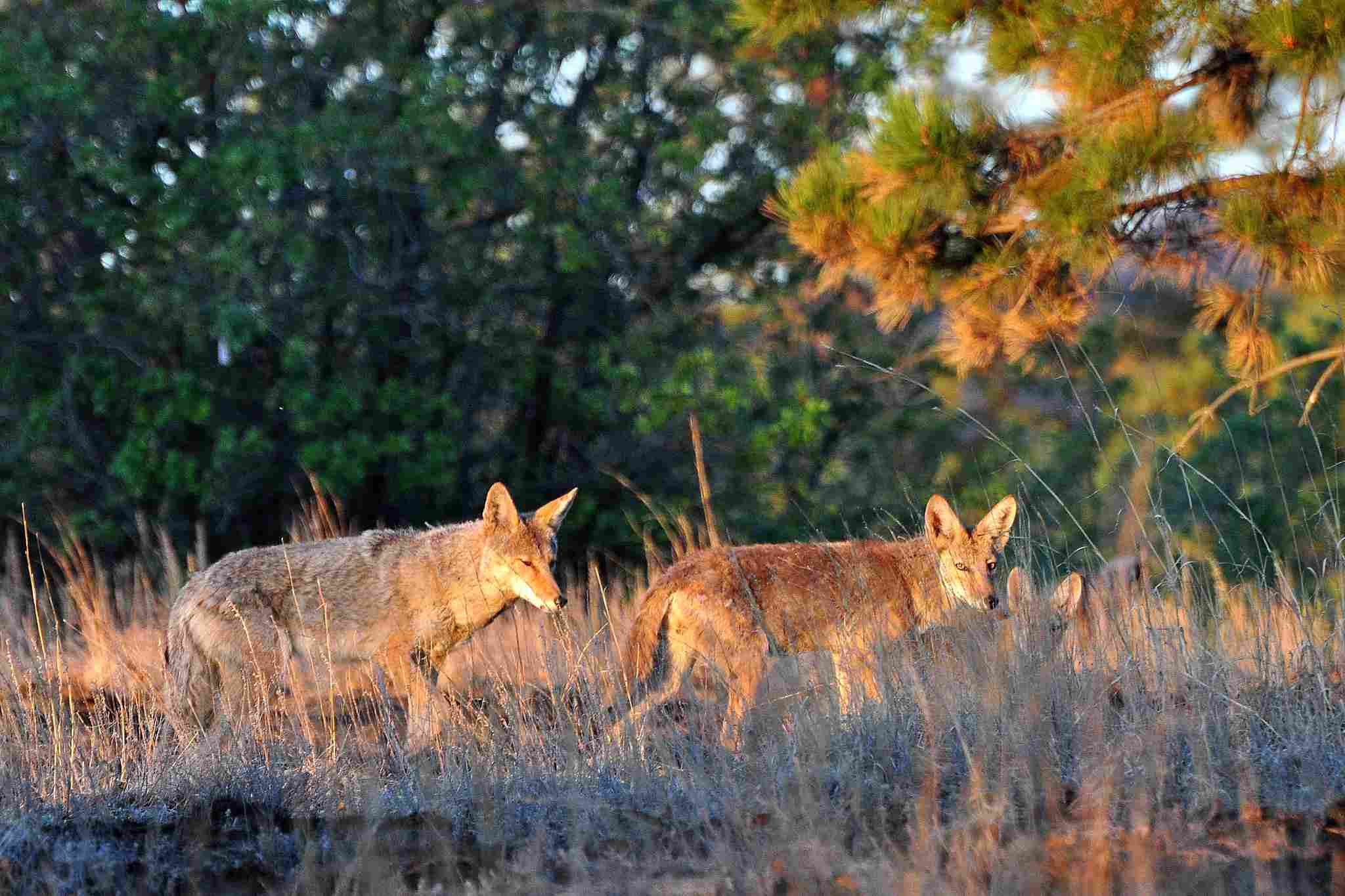
10). Reproduction
Foxes and coyotes have different reproductive strategies. Foxes are viviparous, meaning they give birth to live young. The female fox, or vixen, typically has a gestation period of around 52 days before giving birth to a litter of pups. The size of the litter can vary but usually ranges from 2 to 12 pups. The vixen provides care and nourishment to her pups until they are old enough to venture out on their own.
Coyotes, on the other hand, are also viviparous but have a longer gestation period of approximately 60 days. The female coyote, or bitch, gives birth to a litter of pups, usually ranging from 4 to 7. Similar to foxes, the bitch takes care of her pups until they are old enough to become independent.
When it comes to the comparison of the animals’ reproductive strategies, both foxes and coyotes exhibit similar viviparous reproduction. However, the gestation period and litter size can vary between the two species.
In conclusion, foxes and coyotes have different reproductive strategies, with foxes being viviparous and having a gestation period of around 52 days, while coyotes also being viviparous but with a longer gestation period of approximately 60 days. The litter size can vary for both species, with foxes typically having a litter size ranging from 2 to 12 pups, and coyotes usually having a litter size ranging from 4 to 7 pups.
11). Danger Posed to Humans
Foxes and coyotes are both wild animals that can occasionally come close to human settlements. However, their behavior towards humans differs. Foxes are generally shy and elusive creatures, and they tend to avoid human interaction whenever possible.
They are unlikely to pose a direct threat to humans unless they feel threatened or cornered. On the other hand, coyotes have been known to exhibit bolder behavior and may approach human-populated areas more frequently. While rare, there have been instances of coyotes displaying aggression towards humans, especially if they feel their territory is being invaded or if they have become habituated to human presence.
In terms of the rate of human deaths caused, both foxes and coyotes pose minimal danger. Fatal attacks on humans by either species are extremely rare. However, it is important to exercise caution and take necessary precautions if you encounter either animal. Keep a safe distance, avoid approaching or cornering them, and do not attempt to feed or interact with them.
When comparing the danger posed to humans, it is crucial to note that both foxes and coyotes are generally more afraid of humans than humans are of them.
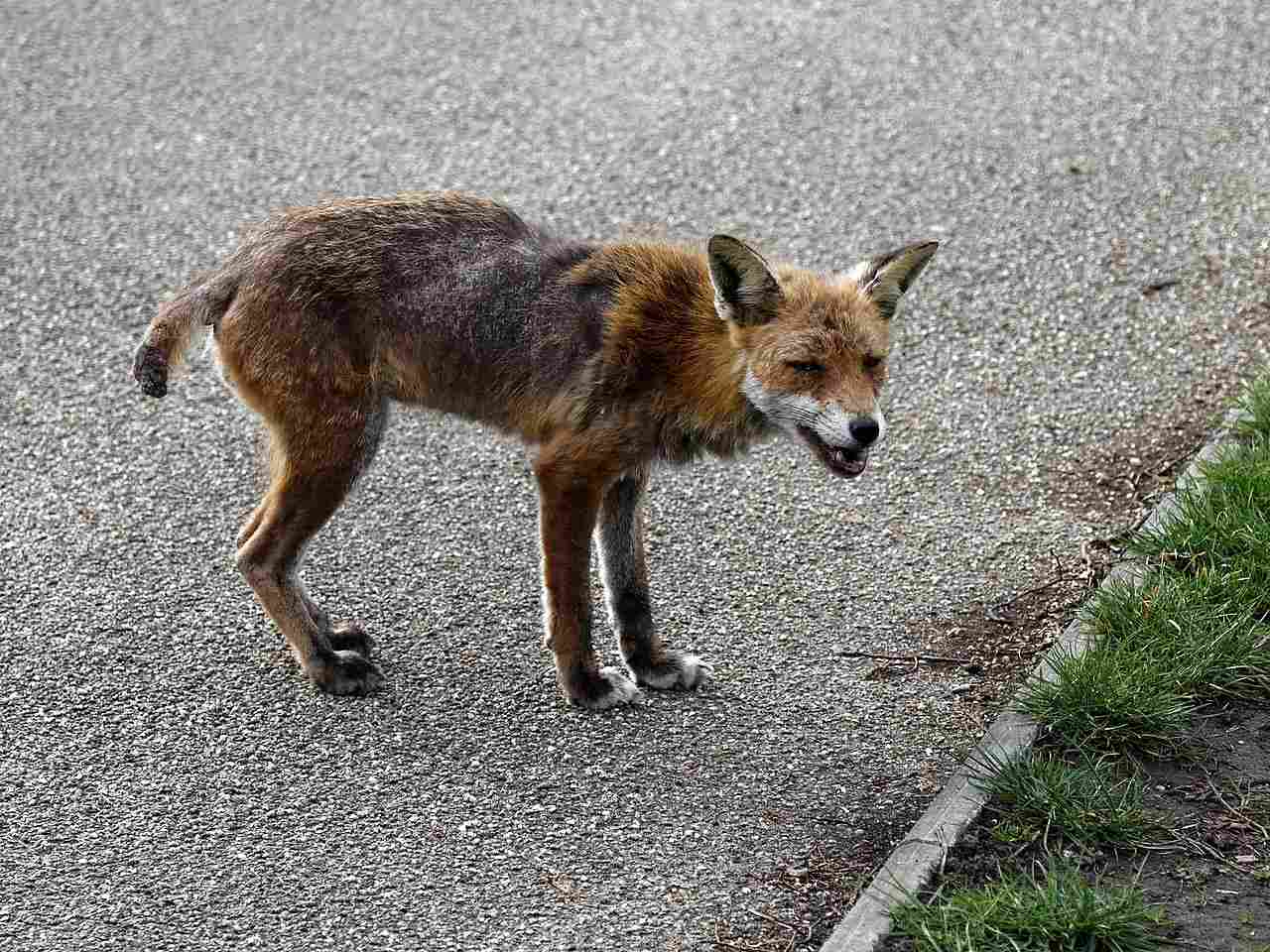
12). Conservation Status
The conservation status of foxes and coyotes varies depending on the species and their geographical location. While some species of foxes are considered endangered or threatened, coyotes are generally more abundant and have a more stable population.
One of the main threats to the survival of wild fox populations is habitat loss due to urbanization and deforestation. As human settlements expand, foxes lose their natural habitats and struggle to find suitable areas to live and hunt. Additionally, foxes are sometimes hunted for their fur, which further contributes to their declining numbers in certain regions.
On the other hand, coyotes have shown remarkable adaptability to human-altered landscapes. They are highly adaptable and can thrive in a variety of habitats, including urban areas. However, this adaptability can also lead to conflicts with humans, as coyotes may prey on livestock or pets, leading to negative interactions and potential persecution.
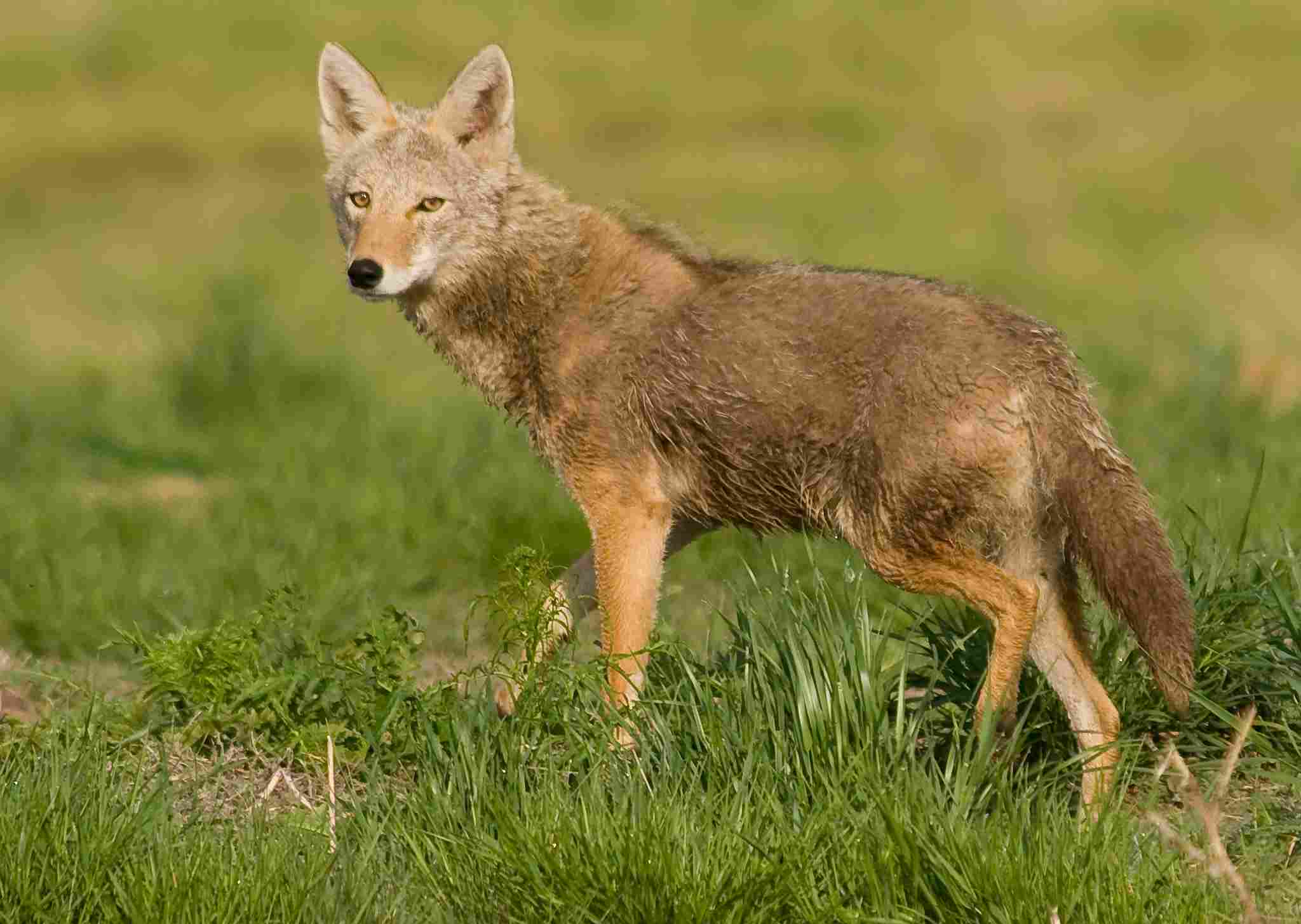
Conclusion
Foxes and coyotes share some similarities, but they also have distinct differences.
I). SIMILARITIES
Both foxes and coyotes belong to the Canidae family and share similar biological characteristics. They are both carnivorous mammals with sharp teeth and claws, allowing them to hunt and capture their prey effectively. Additionally, both animals have keen senses, including excellent hearing and a strong sense of smell, which aid in their hunting abilities.
II). DIFFERENCES
Despite their similarities, there are notable differences between foxes and coyotes. One key difference is their size and appearance. Foxes are generally smaller and have a more slender build, while coyotes are larger and have a more robust physique. Another difference is their habitat preference. Foxes tend to inhabit a variety of environments, including forests, grasslands, and even urban areas, while coyotes are more adaptable and can thrive in diverse habitats, including deserts and suburban areas.
Furthermore, their behavior differs significantly. Foxes are known for their cunning and stealthy nature, often using their intelligence to outsmart their prey. On the other hand, coyotes are highly social animals, often living in packs and displaying cooperative hunting behaviors.
